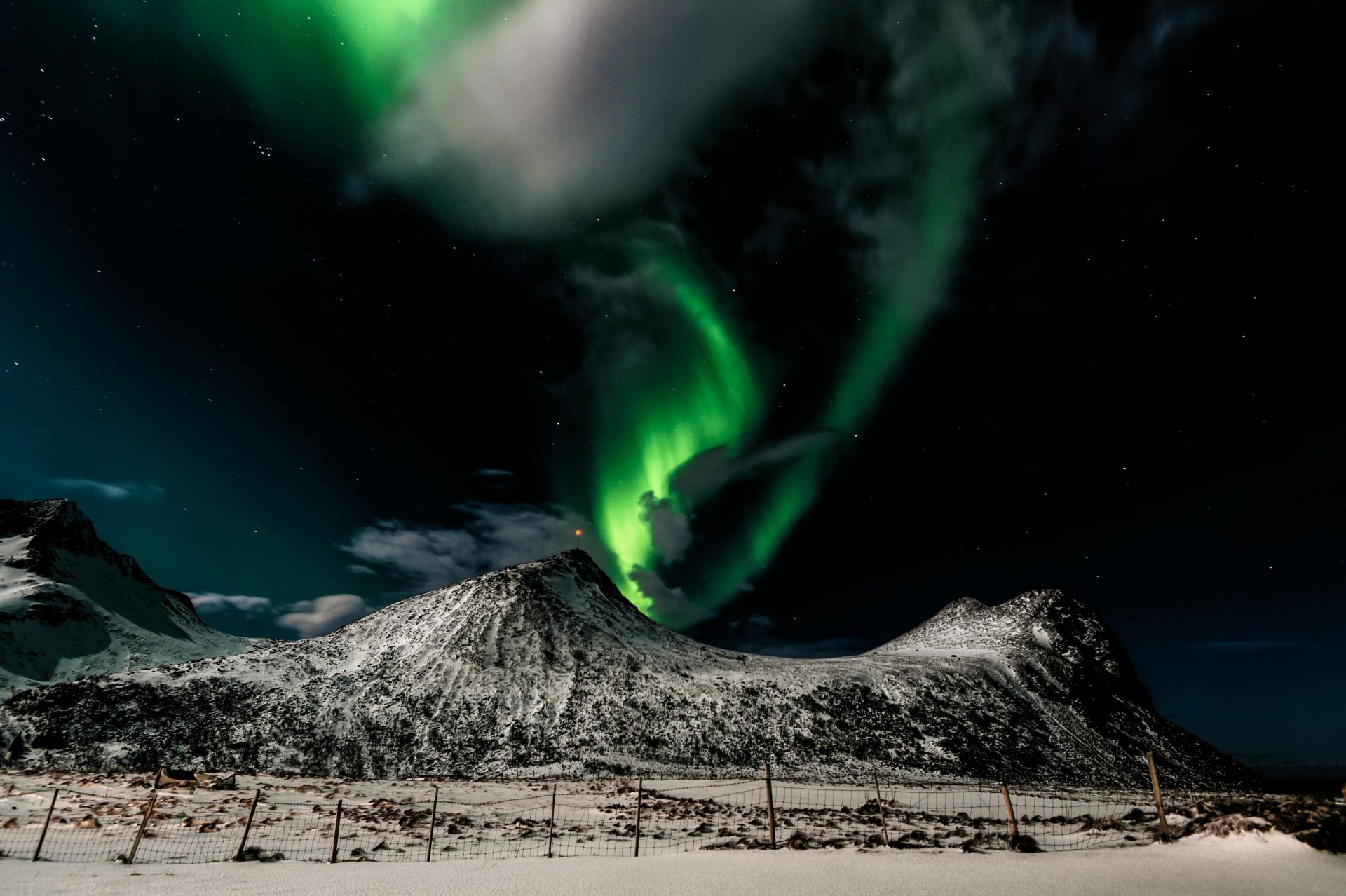Vayu: God of Air and Life

Before diving in, please note: This post is for informational purposes only. If you’d like to know more about how we approach topics, feel free to check out our friendly Disclaimer Page.
Hey there, amazing readers! 🖐️ Just a quick note: yes, we know there are a lot of ads here. Trust us, we get it—it’s not the prettiest look, but they help us keep this blog alive and kicking. Those pesky little ads cover the costs of all the behind-the-scenes magic, from hosting and tech stuff to creating content we hope you’ll love.
We’re committed to delivering quality posts, and your support (even just sticking around despite the ads) means everything to us. So, bear with us, and thanks for helping us keep the good vibes rolling. Now, on to the fun stuff! 😉
TRANSLATE BUTTON AT THE END OF THE ARTICLE
A Quick Overview
Vayu, also known as the God of Air, is an important deity in Hindu mythology and religion.
He is considered the ruler of the wind and the breath of life.
Vayu plays a crucial role in maintaining the balance of the universe and sustaining all living beings.
In this article, we will explore the origins of Vayu, his significance in Hindu cosmology, his symbols and representations, as well as his relationships with other gods.
We will also delve into the rituals and offerings dedicated to Vayu, temples and shrines dedicated to him, stories and legends associated with him, his influence on nature and weather, and his portrayal in art and literature.
Additionally, we will discuss modern interpretations of Vayu and his relevance in contemporary times.
The Origins of Vayu: God of Air
Vayu is believed to have emerged from the breath of the primordial being, Purusha, during the creation of the universe in Hindu cosmology.
He is often depicted as a handsome, green-colored deity riding a chariot drawn by swans or horses.
Vayu is one of the oldest Vedic deities and is mentioned in the Rigveda, the oldest of the four Vedas, dating back to around 1500 BCE.
In some texts, Vayu is also referred to as the father of the Maruts, a group of storm gods associated with thunder and lightning.
Vayu is considered one of the Pancha Mahabhutas (Five Great Elements) along with Agni (fire), Jala (water), Prithvi (earth), and Akasha (ether).
Vayu in Hindu Mythology and Religion
In Hindu mythology, Vayu is often depicted as a friend and ally of Indra, the king of the gods, and is responsible for carrying his thunderbolt, Vajra.
Vayu is also associated with the god Hanuman, the monkey deity known for his strength, devotion, and loyalty to Lord Rama.
He is said to have a fierce temper and can cause destruction when angered, but he is also benevolent and life-giving.
Vayu is considered the source of life and is worshipped for his role in sustaining all living beings by providing the vital breath necessary for existence.
He is often invoked in prayers and rituals to bring blessings, strength, and protection to his devotees.
Symbols and Representations of Vayu
Vayu is commonly depicted holding a flag or banner symbolizing his role as the ruler of the wind.
He is sometimes shown riding an antelope or a horse, symbolizing his swiftness and agility.
Vayu’s color is often described as green, representing growth, vitality, and life.
His chariot is said to be made of air and is drawn by either swans or horses, symbolizing purity and strength.
Vayu’s consort is Anjana, a celestial nymph, with whom he has a son named Hanuman.
The Role of Vayu in Hindu Cosmology
Vayu is believed to be one of the foundational elements of creation, along with fire, water, earth, and ether.
He is responsible for maintaining the balance of the universe by regulating the flow of air and energy.
Vayu is associated with the breath of life and is considered essential for the sustenance of all living beings.
In Ayurveda, the traditional Indian system of medicine, Vayu is one of the three doshas (bioenergetic forces) that govern the body’s physiological functions.
Vayu is also associated with the mind and intellect, influencing our thoughts, emotions, and perceptions.
Vayu’s Relationship with Other Gods
Vayu is closely associated with the Trimurti, the Hindu trinity of Brahma (the creator), Vishnu (the preserver), and Shiva (the destroyer).
He is often invoked along with Agni (fire) in Vedic rituals, as they are both essential elements in sacrificial ceremonies.
Vayu is considered the messenger of the gods and plays a vital role in conveying their messages and blessings.
He is also associated with the Maruts, the storm gods, and is believed to be their leader and father.
Vayu is considered a guardian deity who protects and sustains life on Earth.
Vayu: Protector of Life and Breath
Vayu is revered as the source of life and vitality, as he is responsible for carrying the breath of life to all living beings.
He is worshipped for his ability to purify and rejuvenate the body, mind, and soul.
Vayu is believed to have the power to heal diseases and restore balance to the body’s energy centers.
He is also associated with spiritual enlightenment and inner strength, guiding his devotees on the path of righteousness and self-realization.
Vayu is considered a compassionate deity who listens to the prayers of his devotees and grants their wishes.
Rituals and Offerings to Vayu
Devotees of Vayu offer prayers, flowers, incense, and food as offerings to express their reverence and gratitude.
Special rituals and ceremonies are performed to invoke Vayu’s blessings for protection, health, and prosperity.
Mantras and hymns are chanted to invoke Vayu’s presence and seek his guidance in overcoming obstacles and challenges.
Fasting and meditation are also practiced as a way to connect with Vayu and purify the mind and body.
Pilgrimages to sacred sites associated with Vayu are considered auspicious and believed to bring blessings and divine grace.
Temples and Shrines Dedicated to Vayu
There are several temples and shrines dedicated to Vayu across India, with the most famous being the Vayu Lingam at Hampi, Karnataka.
The Vayu Lingam is a sacred symbol representing Vayu’s presence and power in the form of a phallus.
Devotees visit these temples to offer prayers, perform rituals, and seek blessings for good health, prosperity, and spiritual growth.
Some of the other prominent temples dedicated to Vayu include the Vayu Stambha at Chittorgarh, Rajasthan, and the Vayu Devta Temple at Mulbagal, Karnataka.
These temples attract thousands of devotees who come to pay homage to Vayu and seek his divine grace.
Stories and Legends About Vayu
One of the most well-known stories about Vayu is his role in the birth of Hanuman, the monkey god.
According to the Ramayana, Vayu is said to have fathered Hanuman with Anjana, a celestial nymph.
Vayu played a crucial role in infusing Hanuman with his strength, agility, and courage, making him one of the greatest devotees of Lord Rama.
Another popular legend involving Vayu is his role in the churning of the ocean of milk, where he helped the gods and demons extract the nectar of immortality.
Vayu’s presence is often associated with significant events and battles in Hindu mythology, where he plays a pivotal role in shaping the outcome of these stories.
Vayu’s Influence on Nature and Weather
Vayu is believed to control the movement of air, wind, and clouds, influencing weather patterns and natural phenomena.
He is associated with the monsoon season, bringing rain and fertility to the land, ensuring the growth of crops and sustenance of life.
Vayu is also believed to be the deity of storms, thunder, and lightning, symbolizing both the destructive and life-giving aspects of nature.
His presence is felt in the gentle breeze that soothes the soul, the powerful gusts that cleanse the earth, and the life-giving oxygen that sustains all living beings.
Vayu’s influence on nature is celebrated in various festivals and rituals dedicated to him, where his blessings are sought for a bountiful harvest and a prosperous life.
Vayu in Art and Literature
Vayu is a popular subject in Hindu art and sculpture, depicted in various forms and poses that highlight his attributes and qualities.
He is often portrayed as a muscular deity with a green complexion, carrying a flag or riding a chariot drawn by animals.
Vayu’s presence can be felt in traditional dance forms such as Bharatanatyam and Kathak, where dancers invoke his energy and grace through their movements and expressions.
In literature, Vayu is celebrated in hymns, poems, and epics that extol his virtues as the life-giving force that sustains the universe.
Artists and writers continue to draw inspiration from Vayu’s mythological significance, exploring his role in shaping human destiny and the natural world.
Modern Interpretations of Vayu: God of Air and Life
In modern times, Vayu’s significance as the God of Air and Life continues to resonate with people seeking balance, harmony, and vitality in their lives.
Yoga practitioners often invoke Vayu in their practice to connect with the breath and harness its life-giving energy for physical and spiritual well-being.
Environmentalists and conservationists see Vayu as a symbol of the interconnectedness of all living beings and the importance of preserving the balance of nature.
Scientists and researchers study the role of air and wind in climate change, pollution, and respiratory health, highlighting the essential role of Vayu in sustaining life on Earth.
Vayu’s timeless teachings of compassion, strength, and resilience inspire people of all backgrounds to strive for excellence, overcome challenges, and live a purposeful life.
Conclusion
Vayu, the God of Air and Life, holds a revered place in Hindu mythology and religion as the ruler of the wind and the breath of life.
Believed to have emerged from the breath of the primordial being, Vayu is considered essential for sustaining all living beings and maintaining the balance of the universe.
His symbols and representations reflect his role as a powerful and benevolent deity who protects and nurtures life on Earth.
Vayu’s influence on nature, weather, and human existence is celebrated in rituals, offerings, temples, stories, art, and literature that continue to inspire devotion and reverence for this divine deity.
As a symbol of balance, harmony, and vitality, Vayu’s teachings remain relevant in modern times, guiding people towards a deeper connection with themselves, nature, and the universe.

The Enlightenment Journey is a remarkable collection of writings authored by a distinguished group of experts in the fields of spirituality, new age, and esoteric knowledge.
This anthology features a diverse assembly of well-experienced authors who bring their profound insights and credible perspectives to the forefront.
Each contributor possesses a wealth of knowledge and wisdom, making them authorities in their respective domains.
Together, they offer readers a transformative journey into the realms of spiritual growth, self-discovery, and esoteric enlightenment.
The Enlightenment Journey is a testament to the collective expertise of these luminaries, providing readers with a rich tapestry of ideas and information to illuminate their spiritual path.
Our Diverse Expertise 🌟
While our primary focus is on spirituality and esotericism, we are equally passionate about exploring a wide range of other topics and niches 🌍📚. Our experienced team is dedicated to delivering high-quality, informative content across various subjects ✨.
To ensure we provide the most accurate and valuable insights, we collaborate with trusted experts in their respective domains 🧑🏫👩🏫. This allows us to offer well-rounded perspectives and knowledge to our readers.
Our blog originally focused on spirituality and metaphysics, but we’ve since expanded to cover a wide range of niches. Don’t worry—we continue to publish a lot of articles on spirituality! Frequently visit our blog to explore our diverse content and stay tuned for more insightful reads.





